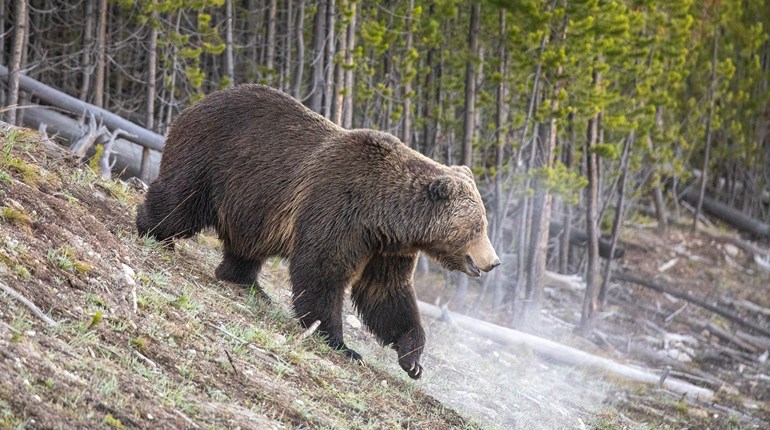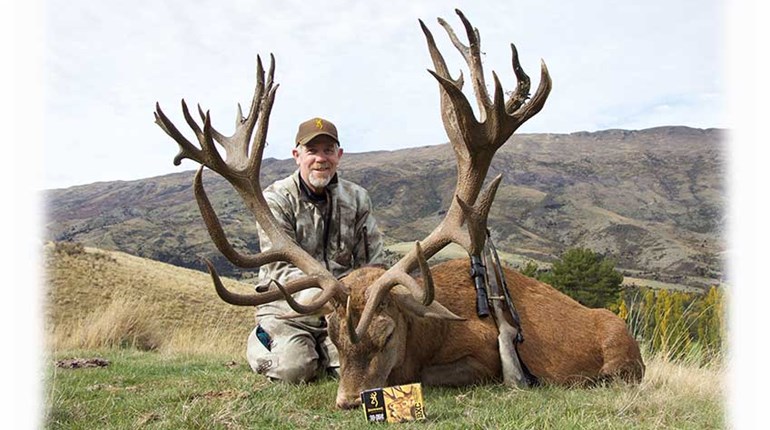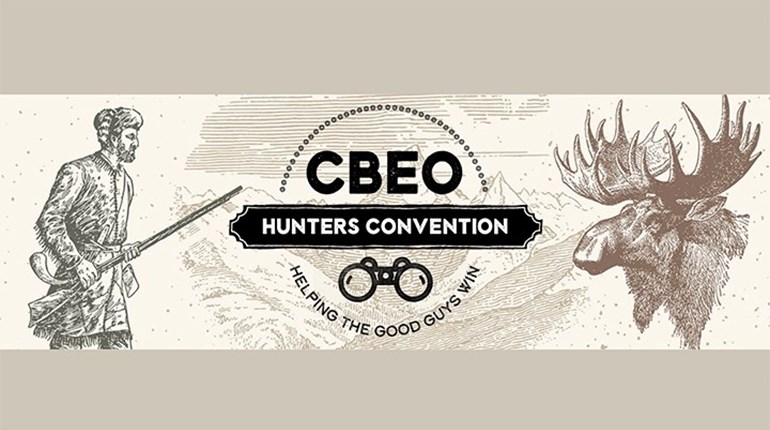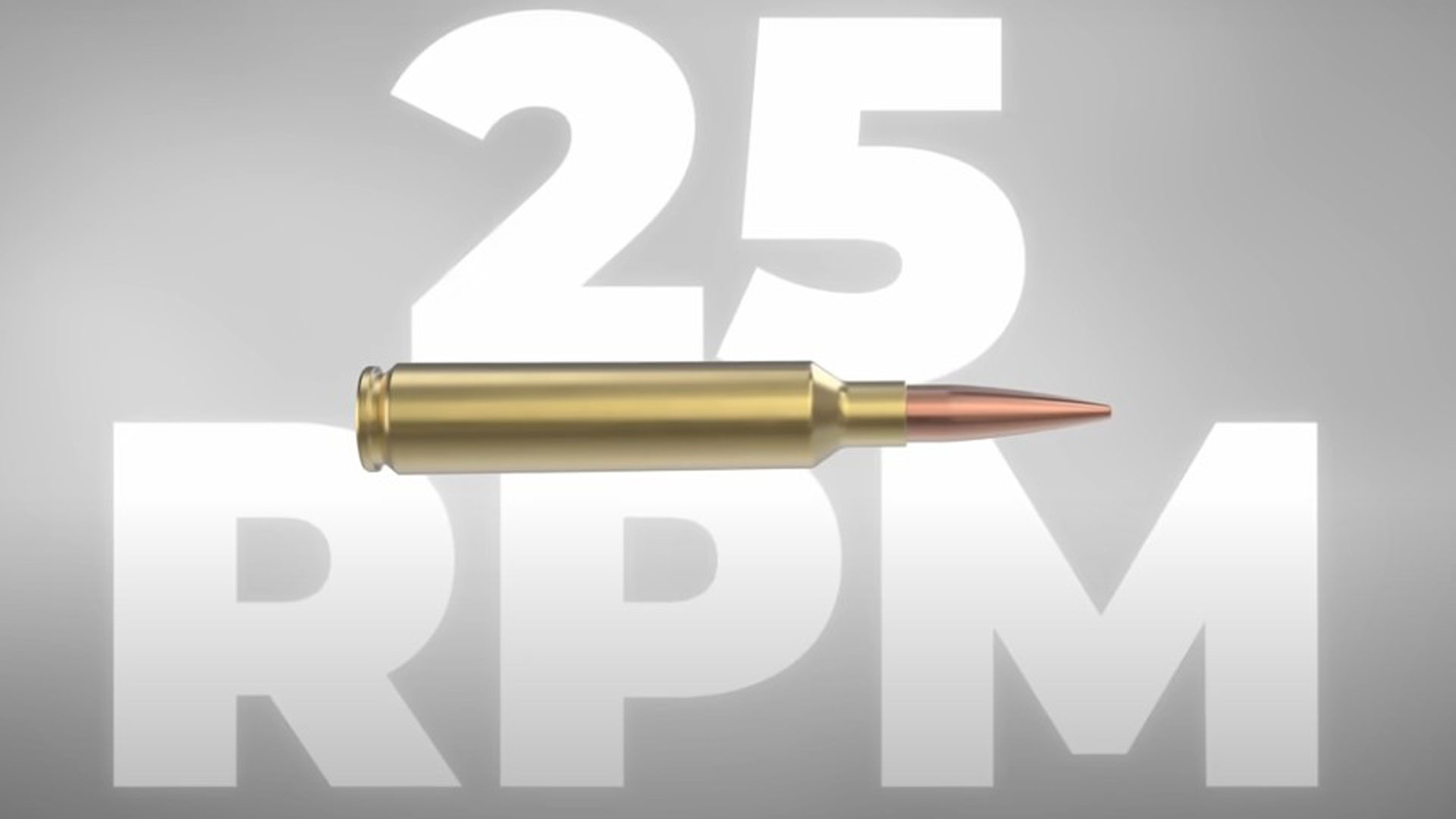
Grizzly bears are at least as wild as any North American game animal, and unlike our antlered or horned beasts, they will at times turn the tables and hunt the hunter. And grizzlies are uniquely equipped to do so: Big, old boars can weigh up to 750 pounds, are unfathomably strong and come armed with fangs and claws. Despite their size, bears can sprint like deer for short stretches, except that they may well decide to sprint toward the threat rather than away.
Yet that very element of danger has always tantalized American hunters. Native American legends, the Lewis and Clark journals and traditional hunting magazines have all paid homage.
For me, the grizzly-hunting seed was planted back in my high school days when I read north-country tales from Fred Bear, Russell Annabel and others. That seed took a long time to germinate as I chased other hunting dreams, but since the early 1990s I have hunted grizzlies four different times in Alaska and northern Canada, spending more than 35 days in the field in the process. There were missed opportunities along the trail, but the only close encounters came when I had no bear tag.
All of this came to culmination a few weeks ago on a hunt with the famed Collingwood Brothers outfit in the Spatsizi Wilderness of British Columbia. But unlike my earlier, unsuccessful attempts, this time I got a bear. And a great bear at that, one that squared nearly eight feet and, based on tooth wear and a skull ridge that indicates age, was very old.
Though it took some persistence, I consider myself extremely lucky, not only to take an animal that fulfilled a lifelong dream, but also to spend time in grizzly country, and to learn about the great bears from seasoned guides.





































